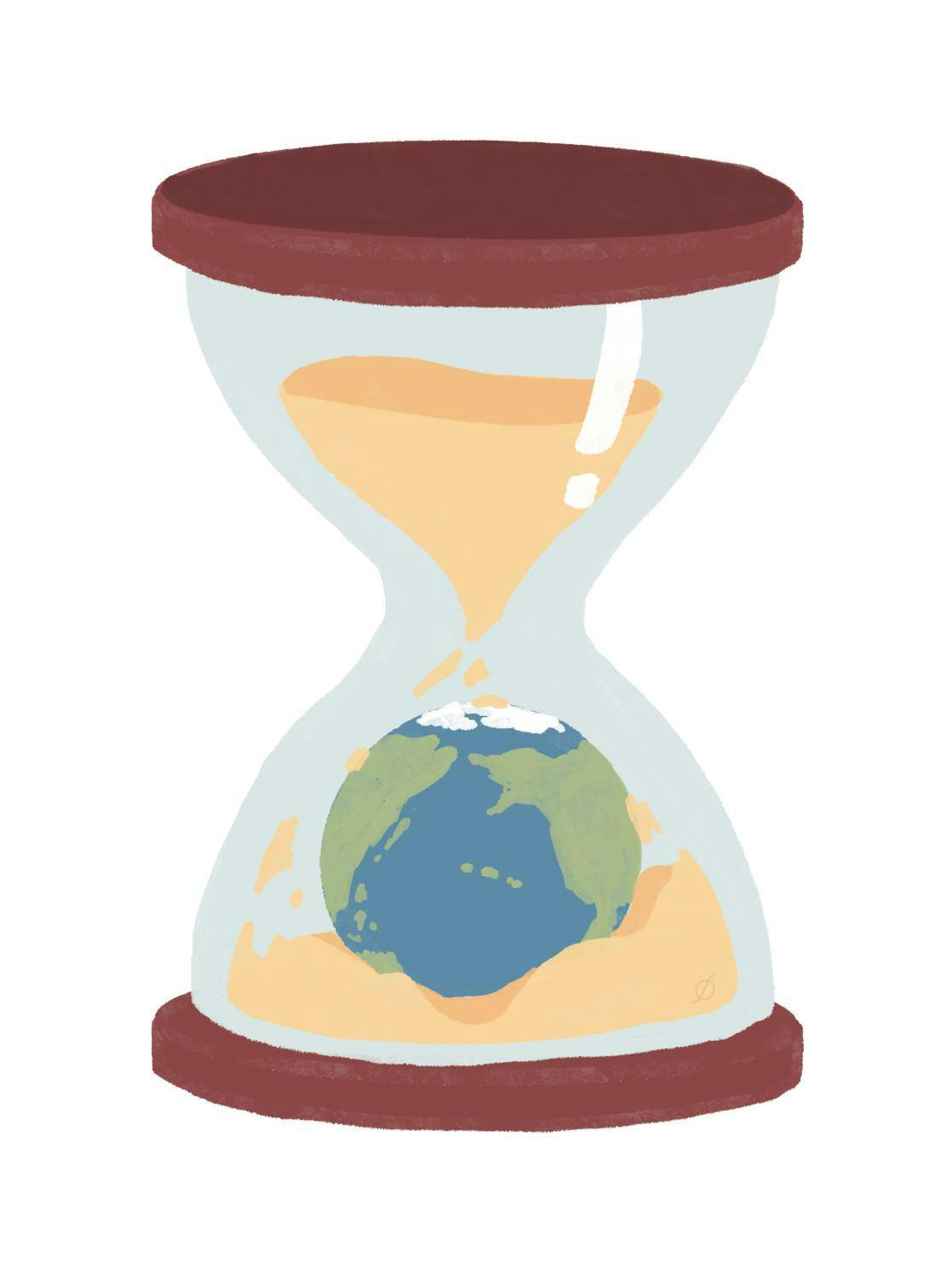Heavy and frequent rainfall is not typical for July in Michigan, but Ingham County and other areas are experiencing it.
"It is growing consensus that the weather we’re experiencing this year is very likely due to climate change or it’s worsened by climate change,” ecosystem ecology and biogeochemistry professor Stephen Hamilton said.
According to the Environmental Protection Agency, or EPA, climate change can affect the intensity and frequency of precipitation because warmer oceans increase the amount of water that evaporates into the air, which can produce more intense precipitation.
However, professor in the Department of Physics and Astronomy Wolfgang Bauer said the connection between our significant rainfall and climate change is not so clear.
“Globally, yes, a higher surface temperature means higher water content in the atmosphere, which increases the chances for wet weather and flooding,” Bauer said in an email“But, I cannot say that this is also the case here in our microclimate.”
Rainfall becoming more intense is problematic for many reasons, Hamilton said. According to the EPA, the potential impacts of heavy rain include crop damage, soil erosion, pollution to water bodies from runoff water and an increase in flood risk.
“We’re seeing more rainfall but almost more importantly is how much and how fast it falls in a given event ... when it happens in big downpours that is a big deal. It runs off fast, it causes flooding, changes water levels in lakes and rivers,” Hamilton said. “We need to think about the possibility that we’ll get even heavier rainfalls than we ever experienced and build storm drain systems that can handle that.”
Hamilton said rainfall and the extreme heat in this record-hot summer in the Midwest is displaying climate change.
Extreme heat conditions are defined as weather that is much hotter or humid than average for a particular time and place.
Globally, the annual average temperature has been rising since the beginning of the 20th century and is expected to continue.
According to Global Change, as the Earth’s climate warms, hotter-than-usual days and nights become more common and heat waves become more frequent and intense. According to the EPA, the occurrence of unusually hot summer nights has increased at a faster rate, meaning less “cooling off” at night is happening.
For instance, the coldest and warmest daily temperatures of the year are expected to increase at least 5 degrees Fahrenheit in most areas by mid-century and rise to 10 degrees Fahrenheit or more by late-century, according to Global Change.
In Ingham County, the Climate Explorer predicts that if global emissions of heat-trapping gases continue increasing the weather will be close to 12 degrees warmer than the observed average by the year 2100. However, if emissions do not increase, Ingham County is predicted to be 5 degrees warmer by 2100.
According to Global Change, large urban areas, like East Lansing, have more challenges related to heat than surrounding rural areas because of the release of heat from buildings, vehicles and industries.
These infrastructures absorb and re-emit the sun’s heat more than natural landscapes, so as cities and their populations expand, so will the urban heat island effect.
This makes daytime temperatures in urban areas about 1 to 7 degrees Fahrenheit higher and nighttime temperatures about 2 to 5 degrees Fahrenheit higher.
According to the EPA, more extreme heat will likely lead to an increase in heat-related illnesses and deaths, especially if people and communities don’t take steps to adapt and protect themselves. The most common health effects caused by extreme heat are heat cramps, heat exhaustion, heat stroke and the possibility of worsening chronic conditions.
“The more we keep generating greenhouse gases like carbon dioxide, the worse the future becomes,” Hamilton said. “So, it’s very important that we do what we can, which starts with individual consumption of energy and extends also to the business industry and society at large.”
Without big steps to reduce greenhouse gas emissions, the average number of extremely hot days in the United States is projected to more than triple from 2050 to 2100, according to the EPA.
“There’s a lot that individuals and society can do to reduce the threat of future climate change,” Hamilton said. “We need to adapt because given the inevitability of this changing climate, we need to find ways to be better prepared and to expect climate in the future to become more extreme than what we experienced in the past.”
Support student media!
Please consider donating to The State News and help fund the future of journalism.
To prepare for extreme heat conditions people can place gardens on their roofs, install cool roofs, plant trees, replace old air conditioners and use cool paving materials in their driveways.
“Everybody from homeowners to farmers to the business industry needs to think about how to adapt to this new reality of a changing climate,” Hamilton said.
This article is part of our 2021 Summer Mail Home Issue. View the full digital issue here.
Discussion
Share and discuss “Why Ingham County is experiencing a hot, rain-filled summer” on social media.




